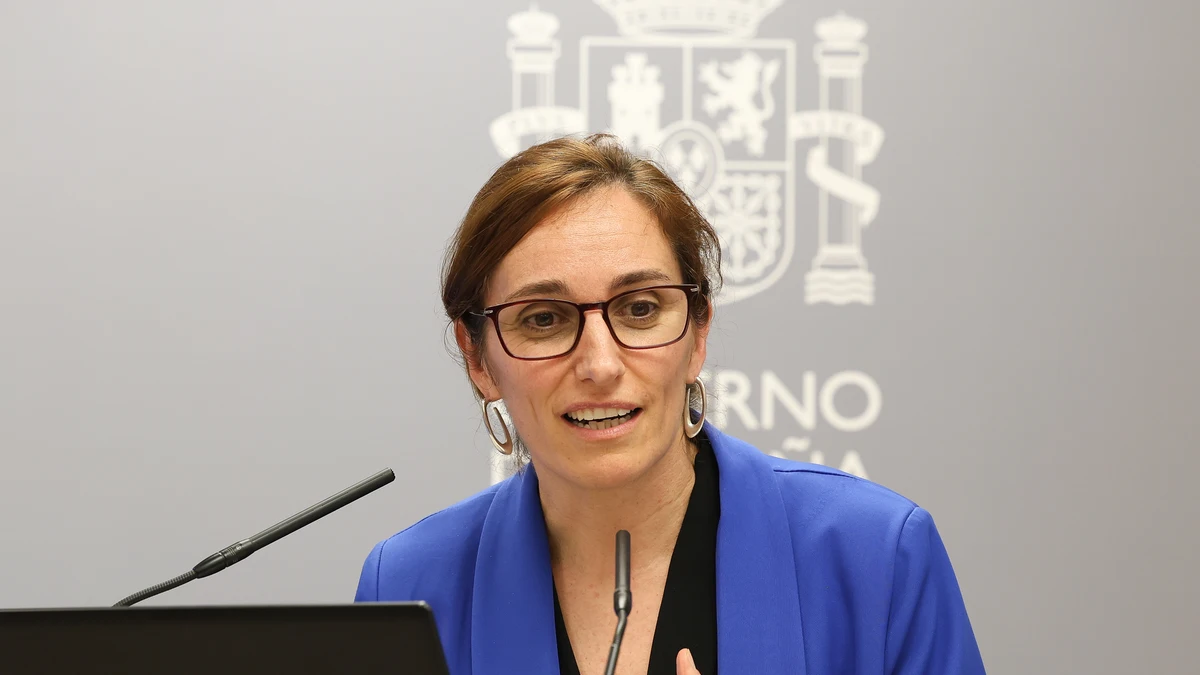Technology allows a patient with sclerosis to control a computer with sight


Twenty years ago, when Guatemalan data analyst Otto Knoke was diagnosed with amyotrophic lateral sclerosis, everything indicated that it would be the end of his professional career, but that was not the case thanks to a new technology that allows him to control the computer with his eyes.
As a result of the disease, Knoke, recognized in Guatemala for having managed the implementation of ATM systems in the country, among other things, can not move or talk and spends most of his time lying in an armchair in front of the screen of your computer.
His willpower and will to live, however, have led him not only to overcome the doctors' prognosis (in 1998 he was told that he only had two years left to live), but they also allow him, with the help of the latest technology, stay active and work on what you're passionate about.
"Now I can communicate better with my family and my work, since before I did it with a mouse controlled with my foot, something that was too slow to type words and was very tired," explained Knoke in an interview with Efe in which he gave Your answers by typing through the view.
After the disease was diagnosed, the data analyst began a search to find technologies that would allow him to recover what little by little the sclerosis was taking away, until he reached Microsoft's "Eye Control".
This mode, launched with Windows 10, uses cameras located in the lower part of the computer monitor to follow the movement of the eyes, so that the device is able to recognize which part of the screen is being viewed and acts accordingly.
"The 'Eye Control' allows me to control the mouse pointer, write with a keyboard on the screen and, through the conversion of text to speech, I can communicate with others," said Knoke.
To type, for example, the user must stare at the character he wants to write on the keyboard that appears on the screen, which will then appear in the text body as if the key had been physically pressed.
To write faster, it is possible to form words by fixing the eyes in the first and last letter of a word, and passing the view through the intermediate letters, which will cause a term to be suggested when focusing on the last letter.
In this way, the data analyst can use all the necessary programs in the day to day of his professional activity.
In addition to having gained productivity in his work with respect to when he had to control the mouse with his foot, the technology has also improved Knoke's communication with his family, since he can write messages that the computer converts into voice immediately.
"Artificial intelligence is just beginning to help people with disabilities, it still needs a lot, but the good thing is that there are several universities in the world making prototypes like those they are doing at the Massachusetts Institute of Technology (MIT) in the USA. . ", explained Knoke.
At 60, the data analyst is part of the estimated 5% of patients with amyotrophic lateral sclerosis who survive more than 20 years with the disease, a group that also included the British astrophysicist Stephen Hawking, who lived for 50 years with her and contributed enormously to giving her visibility.
"Technology will come to revolutionize the lives of people with vision, speech and writing disabilities," concluded Knoke, who has as one of his maxims the following sentence: "If life gives you lemons, make lemonade."










